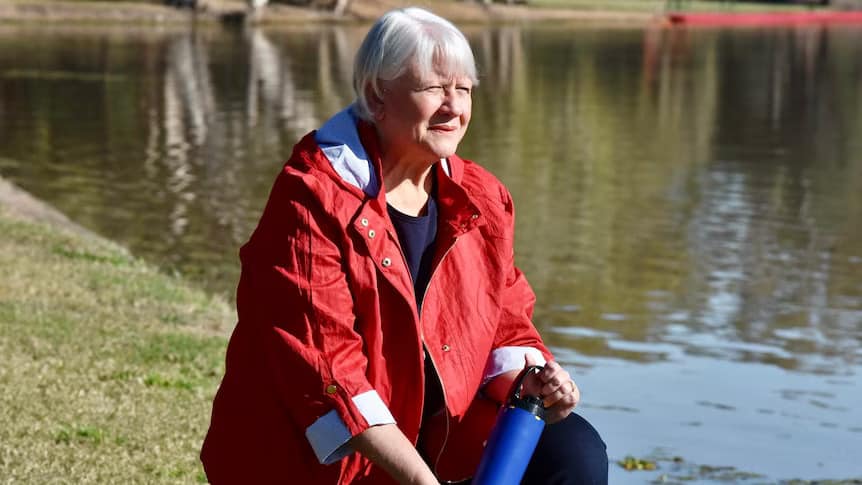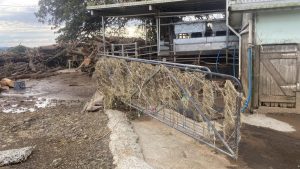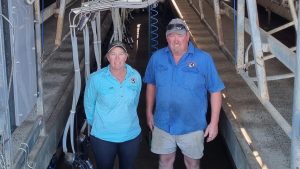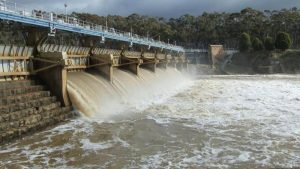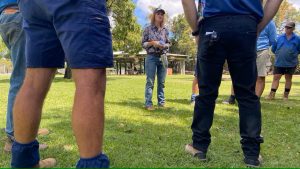
Key points:
Nutrient overload can cause algal and bacterial blooms
Toxic water can kill livestock within 15 minutes
Fencing dams is highly recommended
Specialising in toxic algae, cyanobacteria (blue-green algae) and water quality, the associate professor of environmental sciences counsels distressed farmers whose dams and water courses have become livestock killers.
“I’m normally the lady who gets called in when things drop dead, unfortunately,” Dr Fabbro, a researcher and lecturer at CQUniversity, said.
“Grown men have cried, saying, ‘I’ve got dead cattle by the house and by the dam. I didn’t listen to you. But I should have’.”
Toxic water can kill livestock within 15 minutes.
Dr Fabbro said cattle tended to defecate and urinate in water.
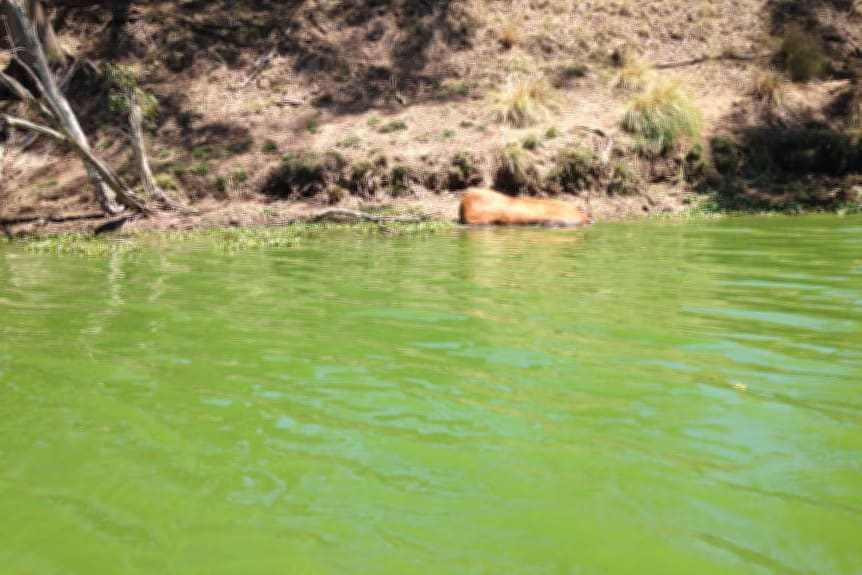
The best preventative action landholders could take to improve the health of livestock, dams, creeks, and rivers was to fence off water sources and provide drinking troughs.
“The main thing is to keep contaminants out of the water itself to try and reduce the level of nutrients in the water because they then lead to algal blooms.”
The water expert warned that some blooms of toxin-producing cyanobacteria do not produce visible scum, bad smells or a horrible taste, and cattle were more likely to drink from them.
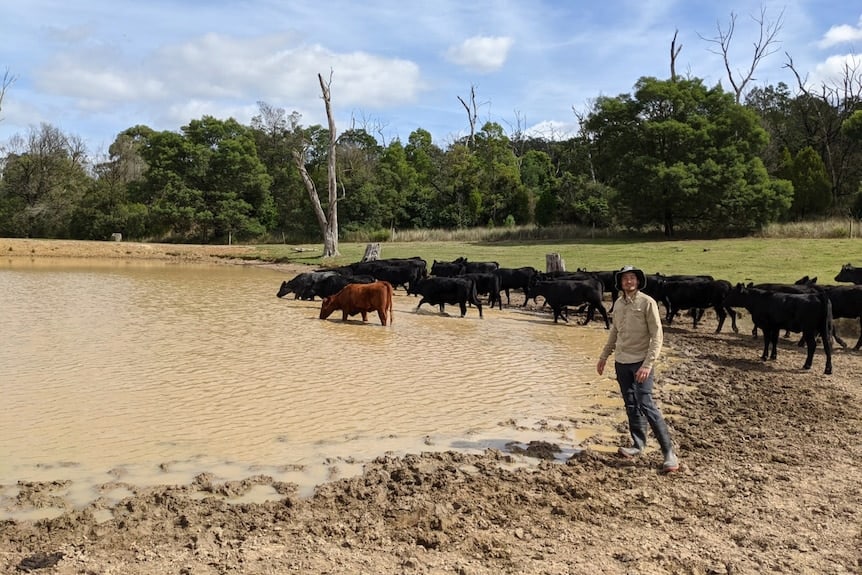
What a healthy dam looks like
Dr Fabbro said that the healthiest dam she knows, Kelly’s Dam at Byfield in Central Queensland, has a very protected catchment.
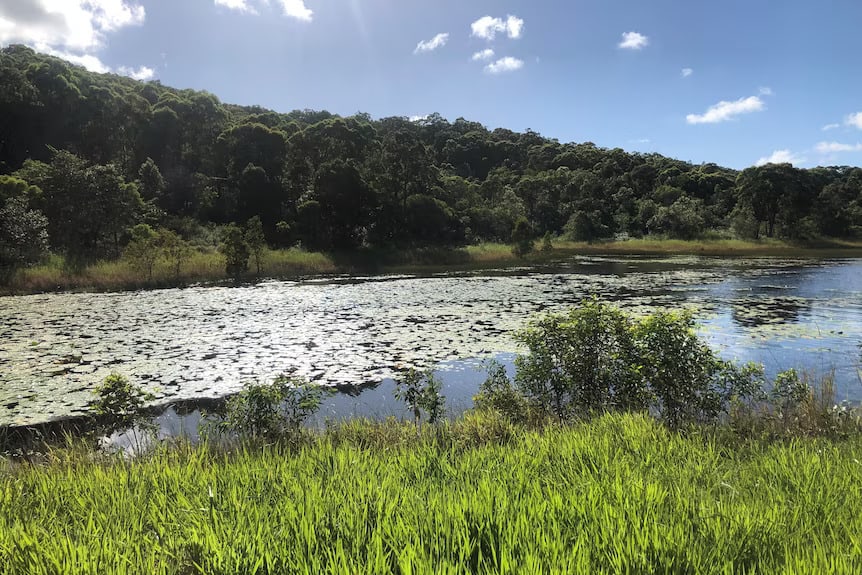
“It doesn’t have a lot of clearing, it doesn’t have a lot of building or septic tanks draining into the dam so what you find is the water is better off, it doesn’t have the nutrient or pathogen or contaminant inputs.”
The scientist advised against using herbicides to kill pest species like water hyacinth.
“It not only produces oxygen-depleting rotting vegetation and the potential for greenhouse gases but provides nutrients upon which blooms of cyanobacteria may grow.”
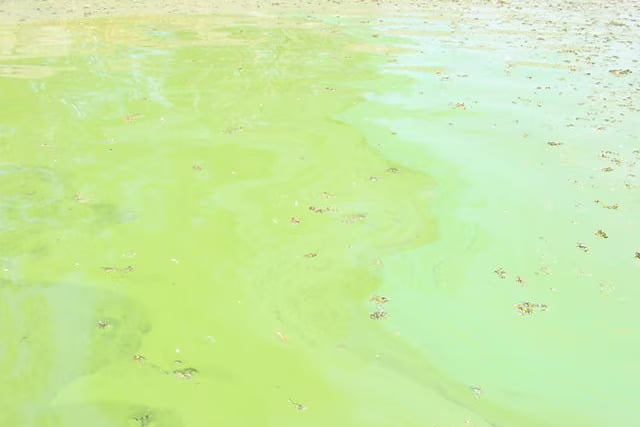
Dr Fabbro said once a water source was contaminated by high concentrations of toxic algae and bacteria, very little could be done in the short term without creating further problems.
“It is best to find an alternative source of water,” she said.
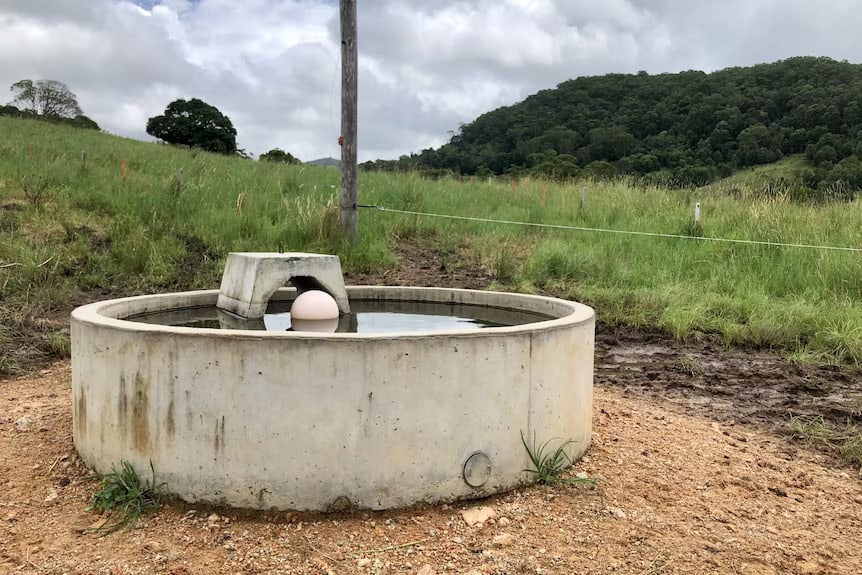
Think about dam management
Deakin University’s Blue Carbon Lab has found that fenced dams produced 56 per cent less methane than unfenced dams.
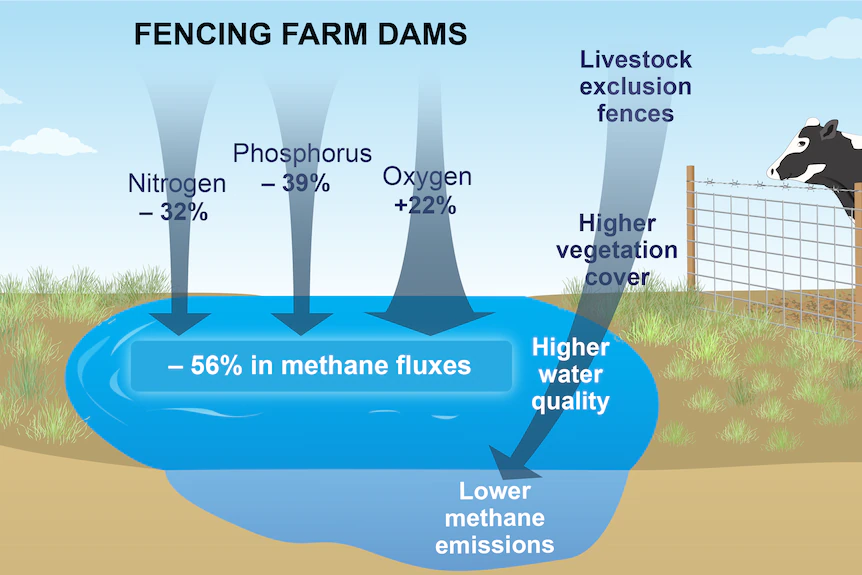
Dr Martino Malerba is looking for farmers around Australia who are willing to have their dams monitored for free to measure greenhouse gas emissions, water quality and biodiversity.
Gympie District Beef Liaison Group event coordinator Karen Jarling said dam management was crucial on her family’s Glastonbury property, which does not have alternative water sources.
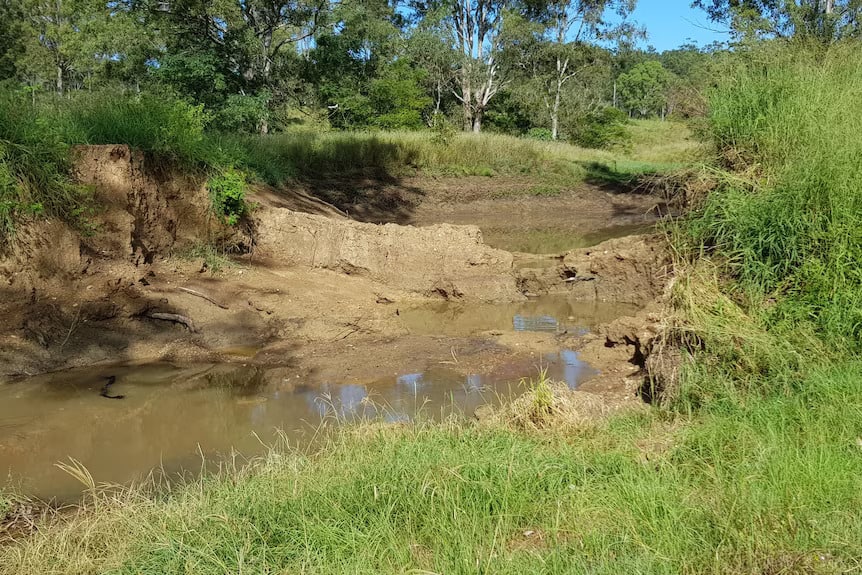
The regenerative grazier shared her story of distress after the wall of their new dam at Glastonbury failed in heavy rain following a severe drought.
The family enlisted the services of an international permaculture consultant to rebuild the dam with very high banks and wide long spillways to slow the water down.
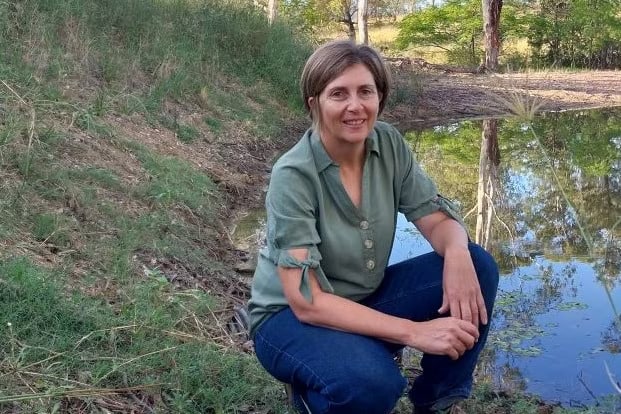
“Water is incredibly destructive when it’s travelling fast so we put gentle meanders in and a lot of level spaces for the water to travel in a sheath,” Ms Jarling said.
“It just drops off all of its speed.”
